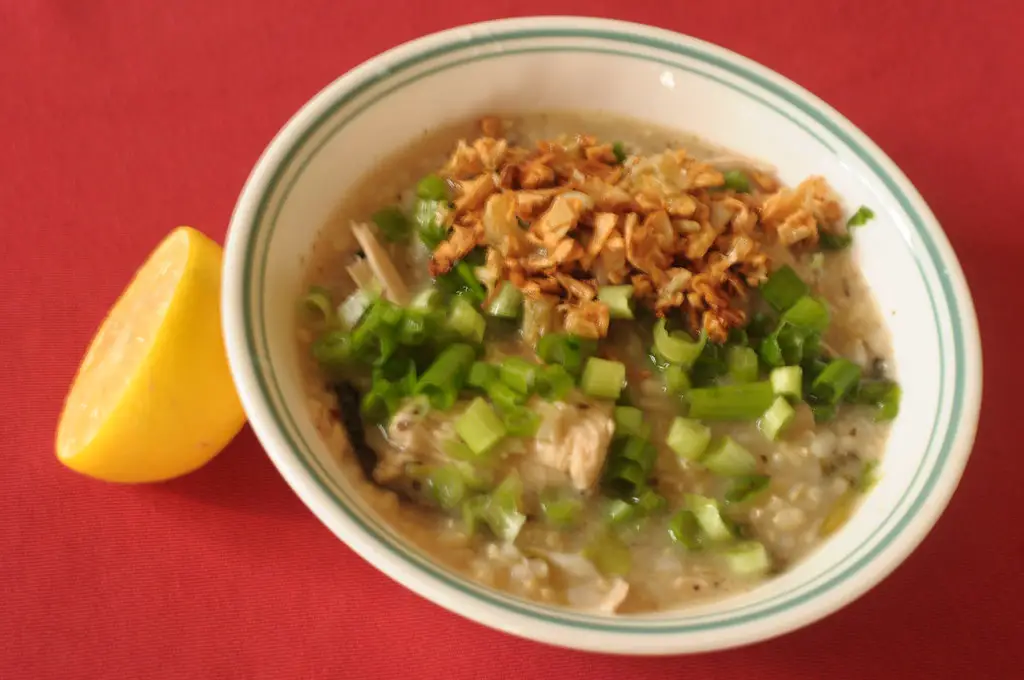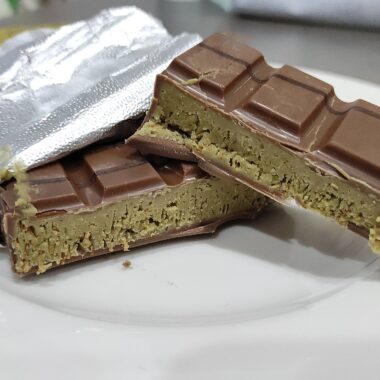Curry, a dish celebrated for its rich and diverse flavors, is a staple in many cuisines around the world, particularly in South Asia. While there are countless variations, from the mild and creamy to the fiery and robust, mastering a basic curry recipe is a valuable skill that opens the door to endless culinary possibilities. This article will guide you through a simple yet delicious curry recipe that can be easily adapted to suit your taste preferences and dietary needs.
Ingredients
To create a basic curry, you will need the following ingredients:
Protein: Choose your preferred protein such as chicken, tofu, paneer, or chickpeas. About 500 grams (1 pound) is ideal.
Vegetables: Common choices include onions, tomatoes, bell peppers, and spinach. Use about 2 cups of chopped vegetables.
Spices: The heart of any curry. You will need:
1 tablespoon of curry powder
1 teaspoon of ground cumin
1 teaspoon of ground coriander
1 teaspoon of turmeric
1 teaspoon of paprika
1/2 teaspoon of cayenne pepper (optional, for heat)
Aromatics: These add depth to your curry.
1 large onion, finely chopped
3 cloves of garlic, minced
1-inch piece of ginger, minced
Liquids: Essential for creating the curry sauce.
1 can (400 ml) of coconut milk or 1 cup of plain yogurt
1 cup of vegetable or chicken broth
Oil: For sautéing. Use about 2 tablespoons of vegetable oil or ghee.
Seasonings: Salt and pepper to taste.
Garnishes: Fresh cilantro, lime wedges, and chopped green chilies for extra flavor and color.
Instructions
Prepare the Ingredients: Chop all vegetables and protein into bite-sized pieces. Measure out your spices and set them aside.
Heat the Oil: In a large skillet or pot, heat the oil over medium heat. Once hot, add the chopped onions and sauté until they become translucent, about 5-7 minutes.
Add Aromatics: Add the minced garlic and ginger to the onions. Cook for another 2-3 minutes, stirring frequently to prevent burning.
Incorporate Spices: Sprinkle the curry powder, cumin, coriander, turmeric, paprika, and cayenne pepper over the onion mixture. Stir well to coat the onions, garlic, and ginger with the spices, and cook for about 2 minutes until fragrant.
Cook the Protein: Add your chosen protein to the pot. If using chicken, cook until it’s no longer pink on the outside. For tofu or paneer, sauté until lightly browned. If using chickpeas, simply stir them in.
Add Vegetables: Incorporate the chopped vegetables into the pot. Cook for another 5 minutes, allowing them to soften slightly.
Create the Sauce: Pour in the coconut milk (or yogurt) and broth. Stir well to combine all ingredients. Bring the mixture to a simmer, then reduce the heat to low and let it cook gently for about 20 minutes. This allows the flavors to meld and the sauce to thicken.
Season and Garnish: Taste your curry and season with salt and pepper as needed. If the curry is too thick, you can add a bit more broth. If it’s too thin, let it simmer a bit longer to reduce. Finish by stirring in some fresh chopped cilantro and a squeeze of lime juice.
Serve: Serve your curry hot over a bed of steamed rice or with warm naan bread. Garnish with additional cilantro, lime wedges, and chopped green chilies if desired.
Tips for Customization
Heat Level: Adjust the cayenne pepper to control the heat. For a milder curry, omit it entirely.
For more heat, add extra chilies or hot sauce.
Vegetarian/Vegan Options: Substitute animal protein with tofu, tempeh, or additional vegetables. Use coconut milk instead of yogurt for a vegan version.
Flavor Variations: Experiment with different spices like garam masala, fenugreek, or mustard seeds to create unique flavor profiles.
A basic curry recipe is a versatile and flavorful addition to any home cook’s repertoire. With a foundation of aromatic spices, rich sauce, and your choice of protein and vegetables, you can create a dish that is both satisfying and adaptable. Whether you’re new to cooking or a seasoned chef, this curry recipe is sure to become a go-to favorite. Enjoy the process of making it your own, and savor the delicious results.
Exploring Curry Variations
Once you have mastered the basic curry recipe, you can explore various regional and cultural variations to broaden your culinary horizons. Here are a few popular types of curry from around the world:
Indian Curry
Butter Chicken (Murgh Makhani): A rich and creamy tomato-based curry made with marinated chicken, butter, and cream.
Chana Masala: A vegetarian curry featuring chickpeas cooked in a spicy tomato and onion gravy.
Saag Paneer: A green curry made with spinach (saag) and paneer, a type of Indian cheese.
Thai Curry
Green Curry (Gaeng Keow Wan): A fragrant and spicy curry made with green curry paste, coconut milk, and vegetables or meat.
Red Curry (Gaeng Daeng): Similar to green curry but made with red curry paste, which gives it a vibrant red color and a slightly different flavor profile.
Massaman Curry: A milder, slightly sweet curry with influences from Indian and Persian cuisines, featuring ingredients like potatoes, peanuts, and meat.
J
Katsu Curry: A popular dish featuring breaded and fried pork cutlets (katsu) served with a thick, mildly spicy curry sauce over rice.
Vegetable Curry: A mild and slightly sweet curry made with a variety of vegetables, often including carrots, potatoes, and onions.
Serving Suggestions
Curry is incredibly versatile and can be served in numerous ways. Here are some serving suggestions to enhance your curry experience:
Rice: Basmati or jasmine rice are traditional choices, but you can also use brown rice or cauliflower rice for a healthier option.
Bread: Naan, roti, or chapati are perfect for scooping up curry. For a gluten-free option, try serving curry with gluten-free flatbread.
Condiments: Accompany your curry with chutneys, pickles, or raita (a yogurt-based condiment) to add extra layers of flavor.
Sides: Serve with a side of sautéed greens, roasted vegetables, or a simple salad to balance the richness of the curry.
Storing and Reheating
Curry often tastes even better the next day as the flavors continue to develop. Here are some tips for storing and reheating curry:
Refrigeration: Store leftover curry in an airtight container in the refrigerator for up to 3-4 days.
Freezing: Curry can be frozen for up to 3 months. Portion it into individual containers for easy thawing and reheating.
Reheating: Reheat curry on the stovetop over low heat, stirring occasionally until heated through. You can also reheat in the microwave, but be sure to stir midway to ensure even heating.
A basic curry recipe is more than just a meal—it’s an entry point into a world of rich culinary traditions and flavors. By mastering the fundamentals, you can create a variety of delicious dishes that reflect your personal tastes and preferences. Whether you stick to the basics or venture into more complex recipes, the joy of cooking and sharing a homemade curry is an experience that transcends borders and brings people together. So, grab your spices, roll up your sleeves, and start your curry-making journey today!


















